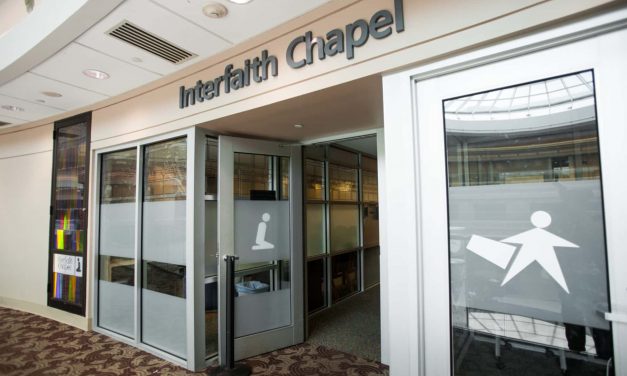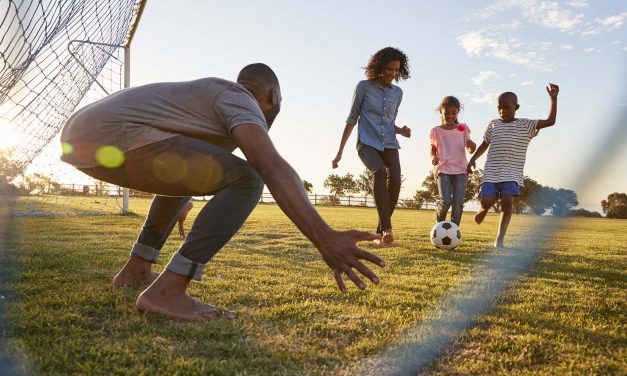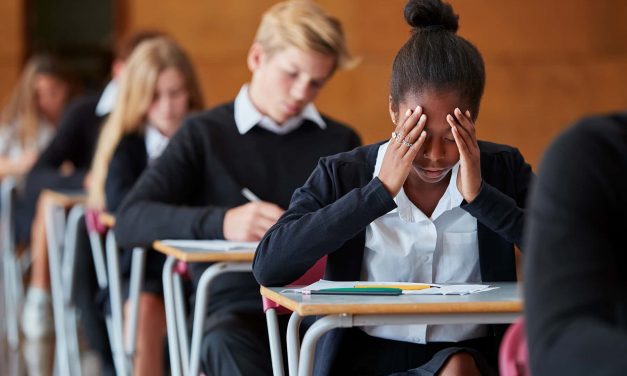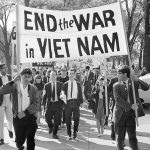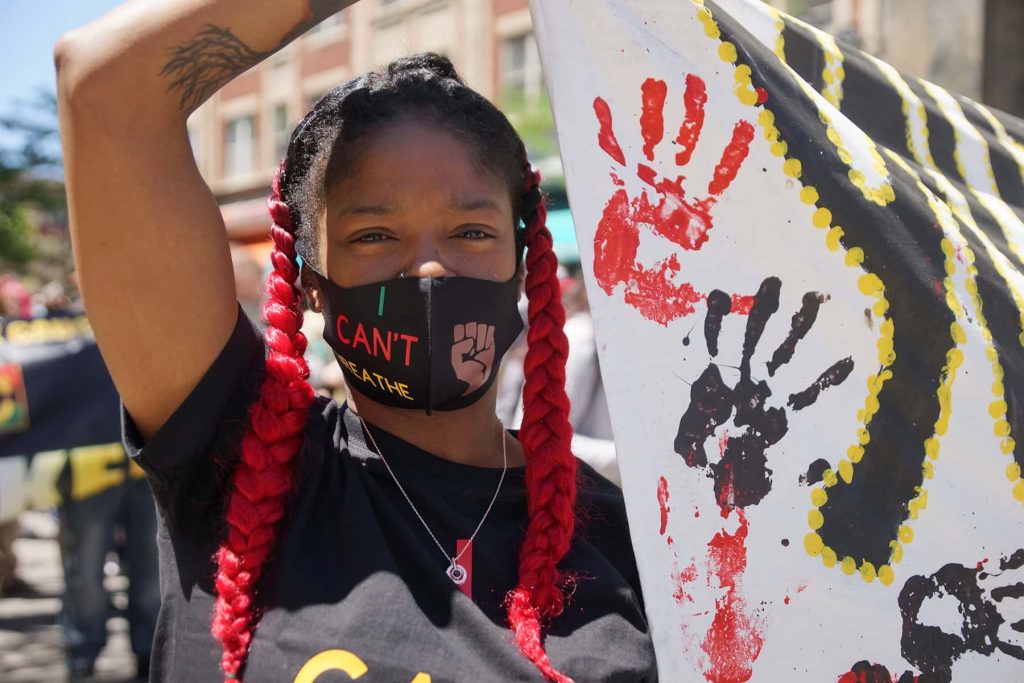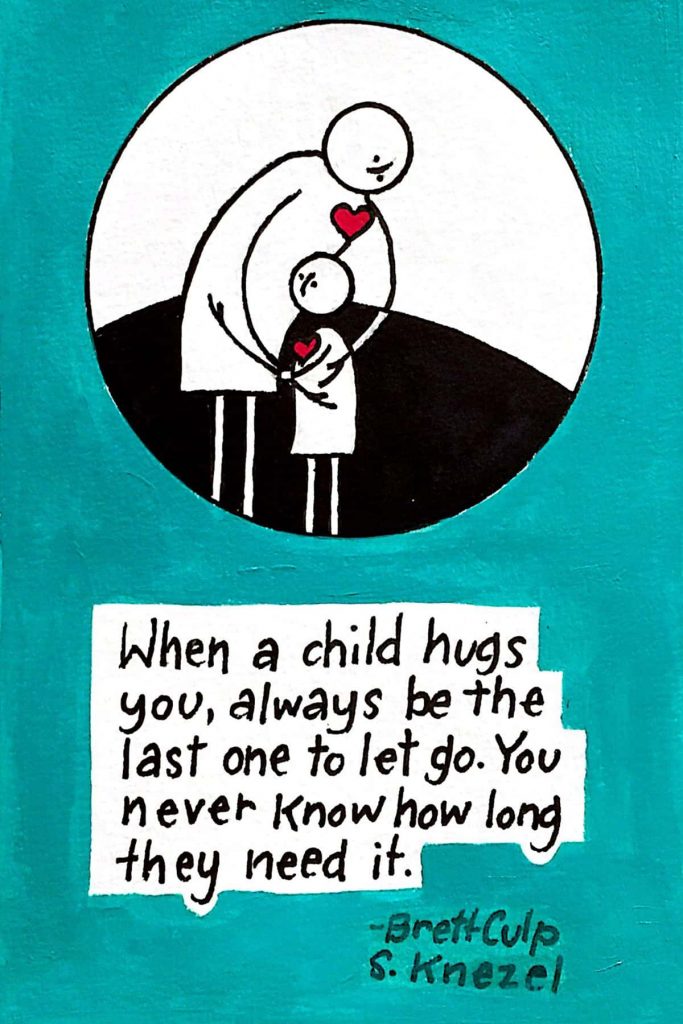Sacred Spaces and the changing nature of where communities experience worship
By Wendy Cadge, Professor of Sociology and Women’s, Gender and Sexuality Studies, Brandeis University Congregational membership in the United States is slowly declining. Data from the General Social Survey show that 17 percent of Americans attended a religious gathering weekly in the 1990s. By 2010, this number had dropped to 11 percent. These changes spark new questions about how people’s personal religious and spiritual beliefs are changing. They also raise questions about where, if at all, people experience the sacred. With architectural historian Alice Friedman and photographer Randall Armor, I located and documented more than 50 hidden sacred spaces...
Read More
